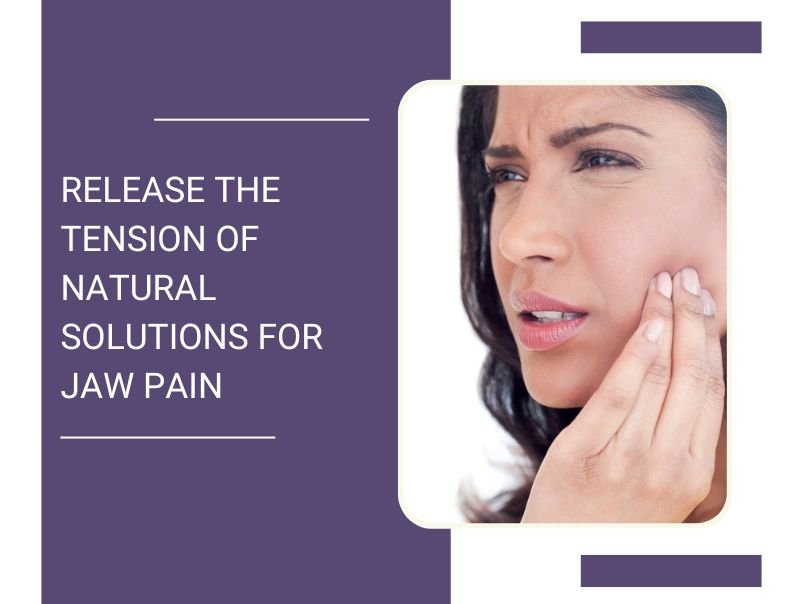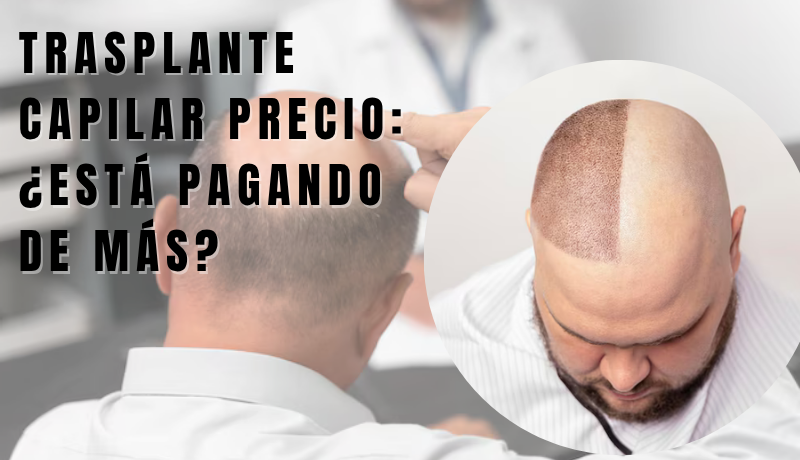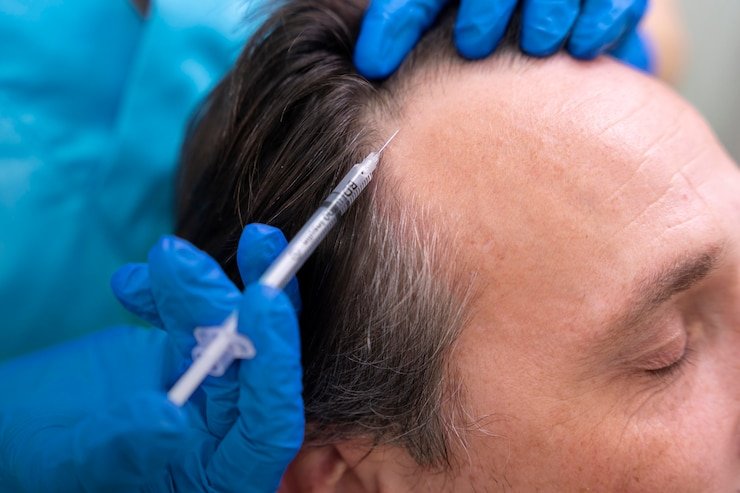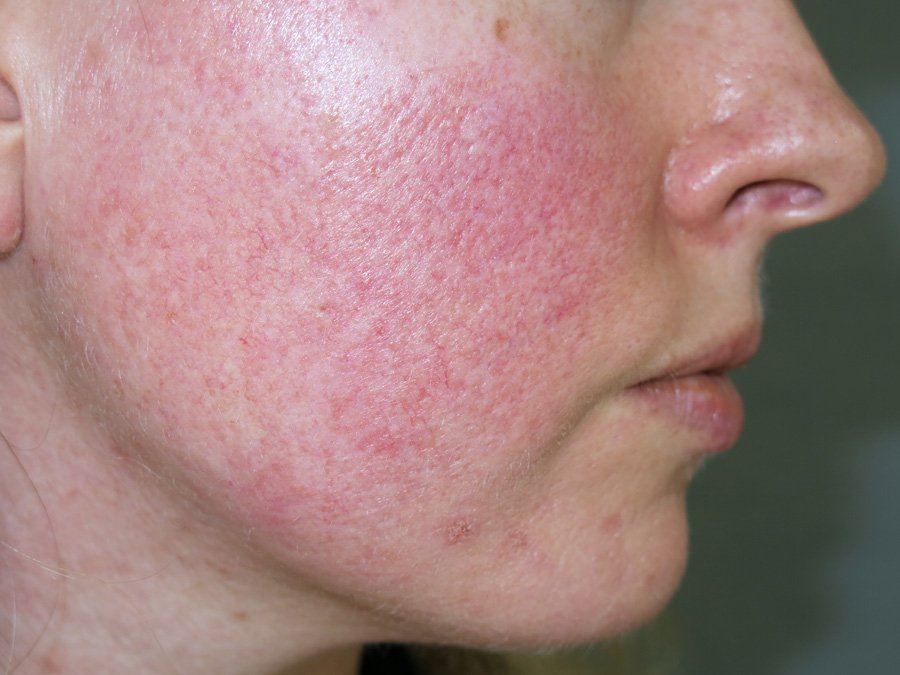Jaw pain can be a nagging and debilitating issue, impacting everything from chewing to speaking. While causes like teeth grinding or dental issues are well-known, smoking is an often-overlooked contributor to jaw discomfort. The chemicals in tobacco can exacerbate inflammation, impair healing, and worsen conditions like temporomandibular joint (TMJ) disorders. This blog dives into the connection between smoking and jaw pains, exploring effective management strategies, including over-the-counter (OTC) remedies, prescription medications like tapentadol 200 mg tablet, and lifestyle changes. Understanding this link can empower you to take control of your pain and improve your oral health.
How Smoking Contributes to Jaw Pain
- Inflammation and Tissue Damage: Nicotine and other chemicals in tobacco reduce blood flow, impairing healing and increasing inflammation in the gums and jaw tissues. This can worsen conditions like periodontitis, which may radiate pain to the jaw.
- TMJ Disorders: Smoking is linked to increased muscle tension and stress, both of which can aggravate TMJ disorders, leading to jaw pain, clicking, or locking.
- Delayed Healing: Post-dental procedures, smokers face slower recovery, increasing the risk of chronic pain from infections or surgical sites.
- Bone Loss: Long-term smoking contributes to bone density loss in the jaw, potentially causing pain or misalignment.
Addressing smoking-related jaw pain requires a combination of pain management, dental care, and efforts to quit smoking.
Over-the-Counter Solutions for Jaw Pain Relief
OTC medications are a first-line option for managing jaw pain, especially when caused or worsened by smoking-related inflammation.
Ibuprofen: Combating Inflammation
Ibuprofen, an NSAID, is effective for jaw pain tied to inflammation, such as from TMJ issues or gum disease.
- Dosage: Adults can take 200–400 mg every 4–6 hours, not exceeding 3200 mg daily.
- Pros: Reduces swelling and pain, improving jaw mobility.
- Cons: Can irritate the stomach; not suitable for those with ulcers or asthma.
- Tip: Take with food and limit use to a few days unless advised by a doctor.
Acetaminophen: Easing Pain Gently
Acetaminophen is a non-NSAID option for jaw pain, ideal for those sensitive to ibuprofen or with minimal inflammation.
- Dosage: 500–1000 mg every 4–6 hours, with a maximum of 4000 mg daily to avoid liver risks.
- Pros: Safe for most adults and stomach-friendly.
- Cons: Doesn’t reduce inflammation, limiting its effect on TMJ or gum-related pain.
- Tip: Avoid combining with other acetaminophen-containing drugs.
Topical Gels: Localized Numbing
Topical anesthetics like benzocaine or lidocaine gels can provide temporary relief for jaw pain radiating from gums or oral tissues.
- Usage: Apply sparingly to the affected gum area up to 4 times daily.
- Pros: Quick, targeted relief for surface pain.
- Cons: Short-lived effect; overuse may irritate tissues.
- Tip: Use as a stopgap while awaiting dental evaluation.
Prescription Medications for Severe Jaw Pain
When OTC options fall short, dentists or physicians may prescribe stronger medications for severe jawpain, particularly if smoking has worsened underlying conditions.
Tapentadol 200 mg Tablets: Robust Pain Control
Tapentadol 200 mg tablets are a prescription opioid analgesic used for moderate to severe jaw pain, such as post-surgical discomfort or chronic TMJ pain unresponsive to other treatments. Its dual mechanism—opioid receptor binding and norepinephrine reuptake inhibition—makes it highly effective.
- Dosage: Typically 50–200 mg every 4–6 hours, with 200 mg reserved for severe cases, as prescribed.
- Pros: Powerful relief for intense, debilitating jaw pain.
- Cons: Risks include drowsiness, nausea, and dependency. Not for prolonged use.
- Caution: Requires a prescription; use strictly as directed due to addiction potential. Avoid alcohol or sedatives.
- Medical Advice: Inform your doctor about smoking habits, as they may affect treatment plans.
Other Prescription Options
- Muscle Relaxants: Medications like cyclobenzaprine may be prescribed for TMJ-related pain caused by muscle spasms.
- Corticosteroids: Short-term oral or injectable steroids can reduce severe inflammation in the jaw.
- Antibiotics: If pain stems from an infection (e.g., abscess worsened by smoking), antibiotics like amoxicillin may be prescribed.
Supportive Remedies to Alleviate Jaw Pain
In addition to medications, these dentist-recommended remedies can help manage smoking-related jaw pain:
Warm Compress: Relaxing Tense Muscles
A warm compress can ease muscle tension and improve blood flow to the jaw, particularly for TMJ pain.
- How to Use: Apply a warm, damp cloth to the jaw for 10–15 minutes, 2–3 times daily.
- Benefit: Relaxes muscles and reduces stiffness.
- Tip: Alternate with a cold compress if swelling is present.
Soft Diet: Reducing Jaw Strain
Eating soft foods minimizes jaw movement, giving inflamed tissues a chance to heal.
- Examples: Yogurt, soups, mashed potatoes, or smoothies.
- Benefit: Decreases pain triggered by chewing.
- Tip: Avoid hard or chewy foods like nuts or gum.
Quitting Smoking: The Ultimate Pain Reducer
Quitting smoking is critical to reducing jaw pain and improving oral health.
- How to Start: Use nicotine replacement therapies (patches, gum), counseling, or support groups.
- Benefit: Improves blood flow, reduces inflammation, and enhances healing.
- Tip: Consult a healthcare provider for personalized cessation plans.
When to Seek Professional Help
Jaw pain linked to smoking may signal serious issues requiring dental or medical attention. See a dentist or doctor if you experience:
- Persistent pain lasting more than a few days.
- Jaw locking, clicking, or difficulty opening the mouth.
- Swelling, fever, or signs of infection.
- Pain radiating to the ear, neck, or head.
Early intervention can prevent complications like chronic TMJ disorders or bone loss.
Preventing Smoking-Related Jaw Pain
- Quit or reduce smoking to minimize inflammation and tissue damage.
- Practice good oral hygiene with twice-daily brushing and daily flossing.
- Schedule regular dental checkups to catch issues early.
- Manage stress through relaxation techniques to reduce TMJ tension.
- Use a mouthguard if you grind your teeth, a habit smoking can worsen.
FAQs
Q: How quickly can quitting smoking reduce jaw pain?
A: Quitting smoking can improve jaw pain within weeks by reducing inflammation and enhancing healing, but full benefits may take months, depending on the underlying condition.
Q: Is tapentadol 200 mg safe for long-term jaw pain management?
A: No, tapentadol 200 mg is for short-term use due to its risk of dependency and side effects. Chronic jaw pain requires addressing the cause, such as TMJ treatment or smoking cessation.
Q: Can OTC medications fully relieve smoking-related jaw pain?
A: OTC medications like ibuprofen can provide temporary relief but won’t address the root cause, especially if smoking continues. A dentist’s evaluation is essential.
Q: Are there specific dental treatments for smokers with jaw pain?
A: Yes, treatments may include TMJ therapy, dental cleanings to address gum disease, or custom mouthguards for teeth grinding. Quitting smoking enhances treatment success.















Leave a Reply